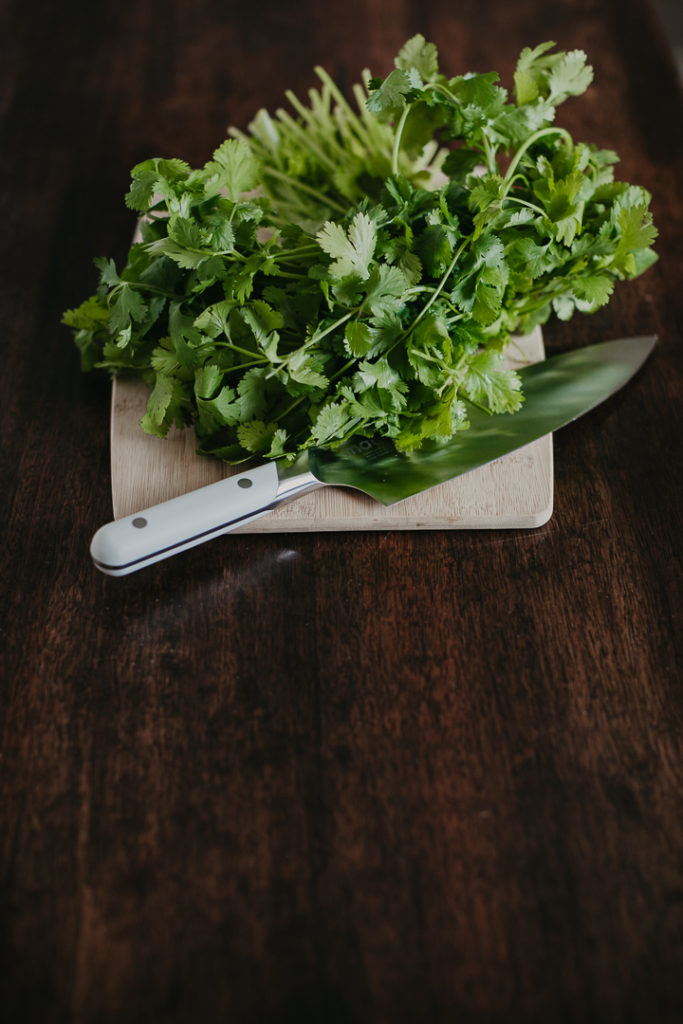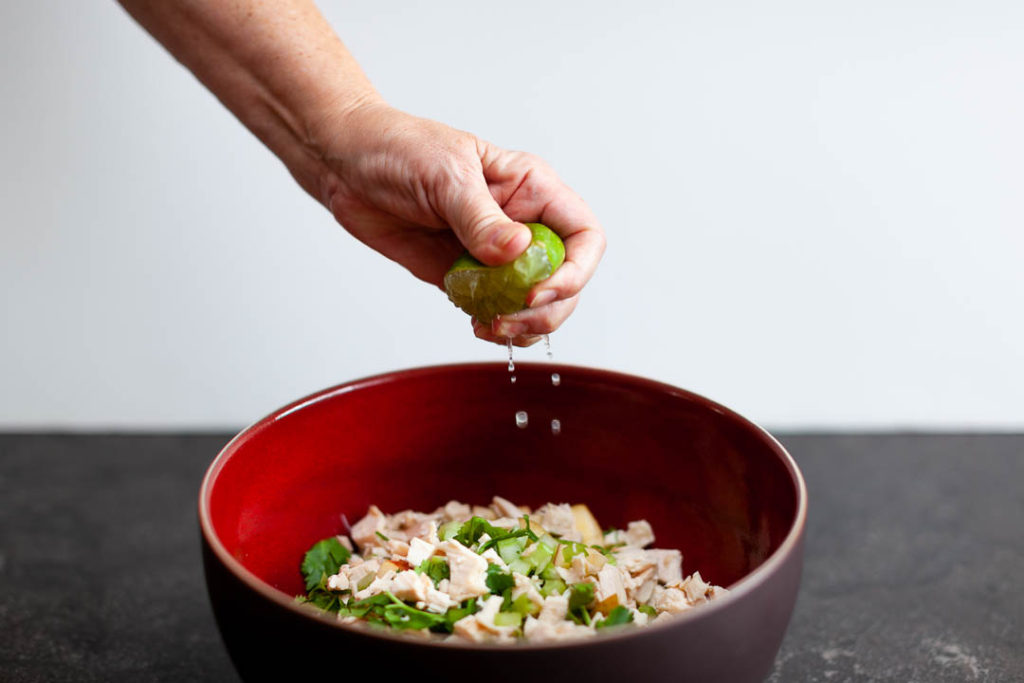Cilantro, also called Chinese parsley, is the leafy green part of the coriander plant. It’s an herb native to southern Europe, northern Africa, and southwestern Asia, and has been part of global cuisine for quite a long time. It compliments many meals, and has a refreshing, cooling effect on spices.

Coriander Benefits
Among many benefits, cilantro and other parts of the coriander plant, may be linked to helping with inflammation, skin health, and cholesterol levels. Additionally, data on coriander extract, Coriandrum sativum L. or C. sativum, has indicated having anticancer effects (1).
Definitions
First, let’s go over what these words mean. A better understanding will help you interpret what the research says.
Coriandrum sativum L. is the binomial name or binomial nomenclature for coriander. In taxonomy it refers to “two-term naming system” or a formal system for naming species of living things.
Now let’s review what C. sativum means. In biology this word refers to the scientific classification. Remember that phrase you learned in 4th grade, “Kings, Play, Chess, On, Fine, Grain, Sand?” This acronym stands for Kingdom, Phylum, Class, Order, Family, Genus, and Species. It’s how living things on Earth are classified.
Coriander Research on Cancer Cells
Let’s take a look at what research says!
Some studies suggest that coriander may decrease LDL (low-density lipoprotein), often referred to as the “bad” cholesterol. In one particular study coriander seeds decreased LDL and increased HDL (high density lipoprotein) in rats (2).
A 2019 test tube study looked at the effects of C. sativum extract (cilantro) on prostate cancer cells. It resulted in the herb weakening the expression of certain genes in cancer cells. C. sativum extract decreased colony formation while inhibiting cell invasion and migration (3).
To say it differently, the prostate cancer cells became less interfering, displayed aspects of spreading slower, and did not produce as many signs of organizing together in colonies.
A separate test tube study looked at how extract of the stem, root, and leaves of C. sativum effected human breast cancer cells (4).
In this instance the extract showed anticancer effects against human breast cancer cells. The extract restricted DNA damage and hindered breast cancer cell migration (5).
Research on Skin Cells
The Journal of Medicinal Food published a study about the ability of C. sativum extract to protect the skin against ultraviolet B (UVB) radiation damage. Ultraviolet B radiation damage is associated with skin burning and Ultraviolet A radiation damage is associated with skin aging. In this study researchers tested an C. sativum ethanol extract on both the skin of hairless mice and normal human dermal cells (6). The conclusion of the study supported the potential of C. sativum to prevent premature aging of the skin caused by repeated exposure to ultraviolet radiation (7).
The data on prostate cancer cells and human breast cancer cells may be limited, but I would definitely be adding more cilantro or coriander extract to my diet after reading this post.
Anyone else with me on adding this super food to your daily routine?
When to Use Cilantro
A garnish of cilantro makes tortilla soup or chicken pozole soup complete. It also adds a fresh and cool taste to a hearty Indian curry.
Cilantro and coriander seeds come from the same plant. Sometimes, the words are used interchangeably. However, the flavors and uses couldn’t be more different. Cilantro is usually served fresh, often as a garnish. Coriander stems are often used in curry. In fact our healthy vegetable curry recipe calls for coriander stems.
Meanwhile, coriander seeds are typically roasted and used whole or ground. Coriander has a warm, sweet flavor and pungent aroma. It’s commonly used in Indian cooking, while cilantro is more common in Mexican, South American, and Asian cooking.
So, are you one of those who can’t stand the taste of Cilantro? You’re not alone. Many people think it tastes like soap.
What do you do if your recipe calls for Cilantro and you don’t like it? Substitute fresh parsley.
Want to try one of our recipes using fresh coriander leaves? Make this quick and easy chicken salad with cilantro.

